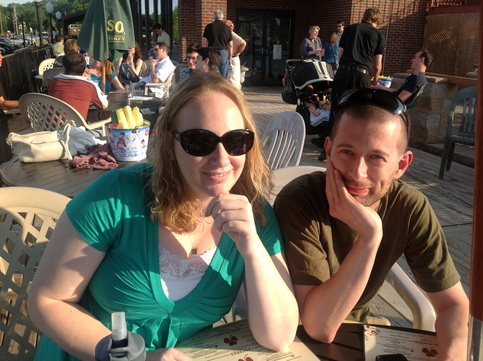
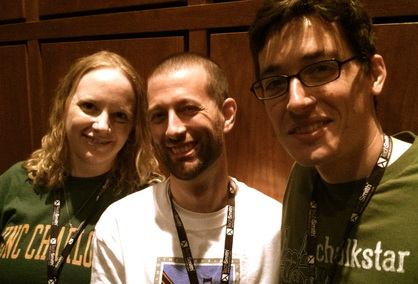
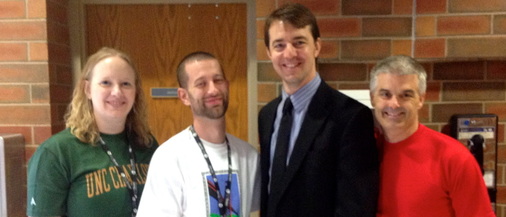
And those things are important, and I will eventually reflect on them here.
But the most important part of this past week was not the sessions we attended, or the new ideas and their application to our classrooms.
The most important part of FlipCon13 for us was the face-to-face time.
In a shocking turn of events, Andrew and I get along just as well in person as we do over Google Hangout. And all the people we admire because they are intelligent, innovative, and creative are just as intelligent, innovative and creative in person.
It was an amazing week. And when I've processed it a little better, I promise I will make up for the last four months of radio silence. Processing has been at a premium since early March, and there are dozens of blog posts from the work we did for the last quarter of the year, and also tons of video series and projects that Andrew and I are undertaking together over the summer....and it's all just waiting for me to have some space to write it all down.
I will say this though, I am more convinced than ever that Better Together is absolutely, 100% perfectly true. And I am incredibly grateful that a year ago, I met someone who has made my classroom work and my life better.
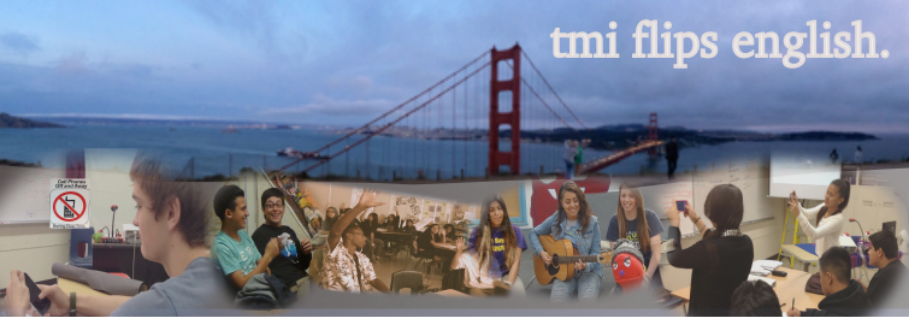
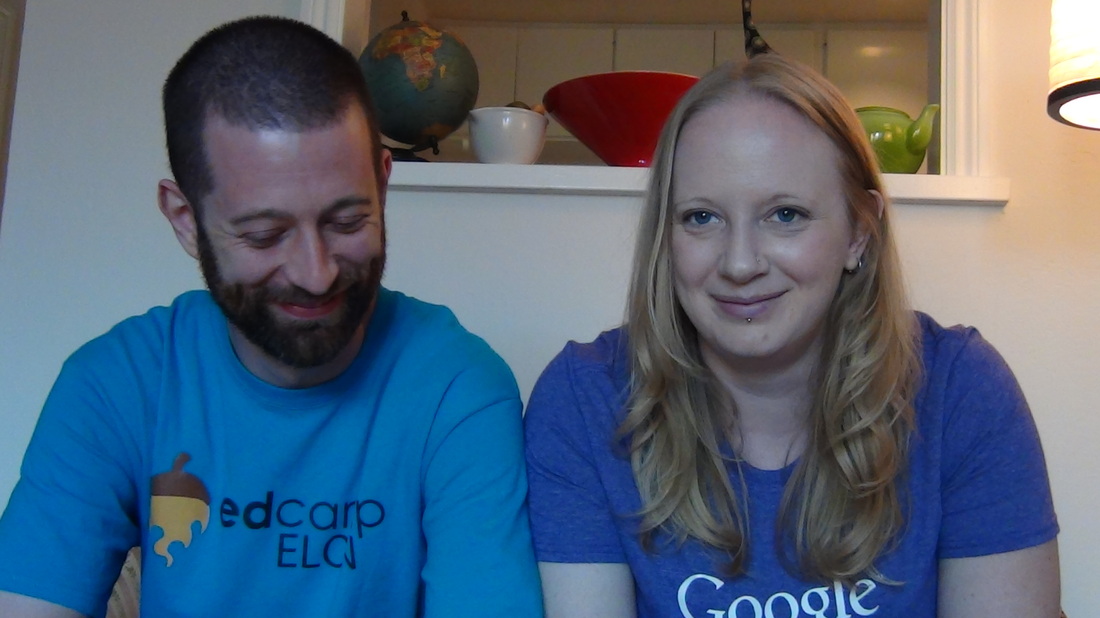
 RSS Feed
RSS Feed
